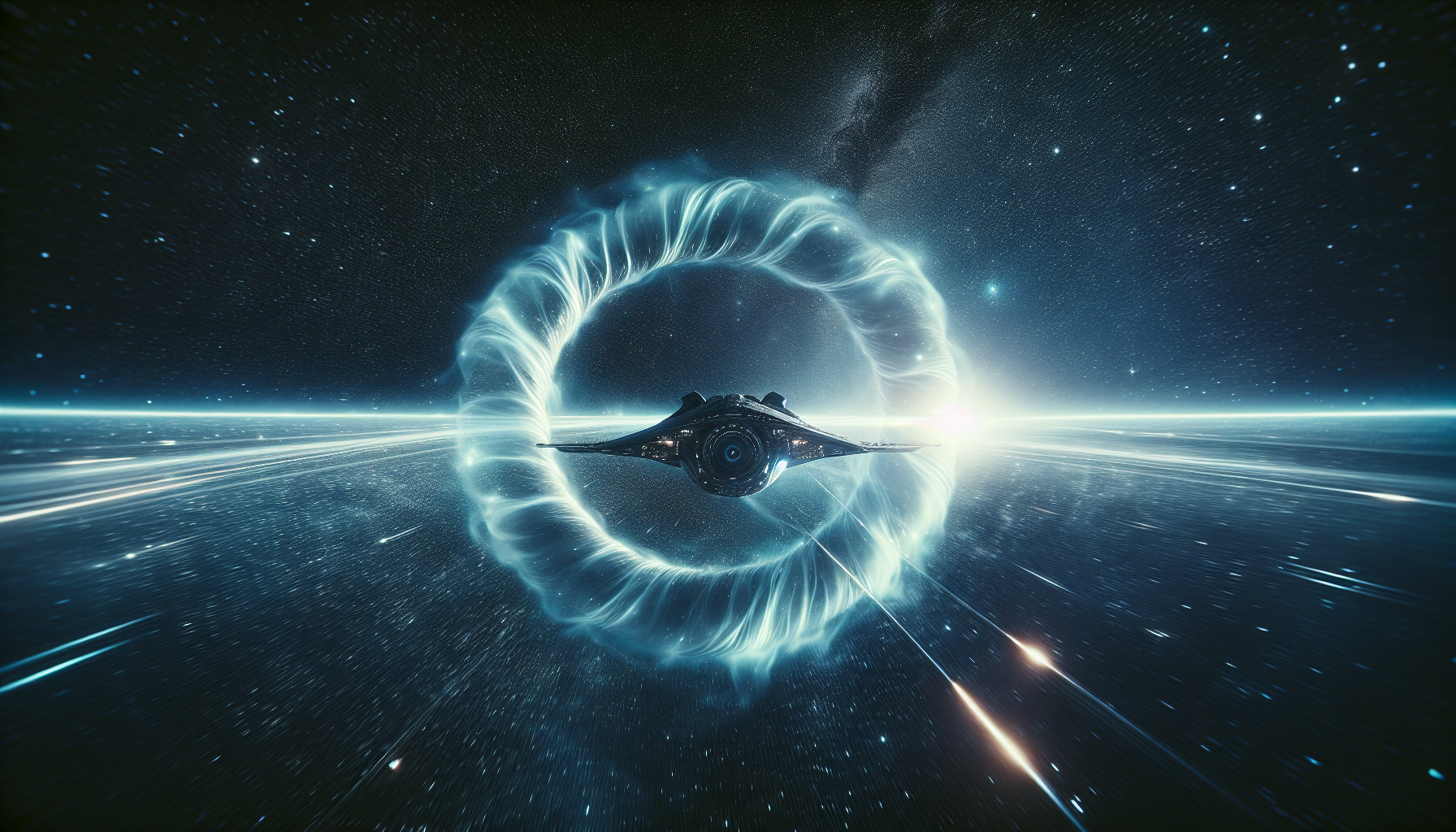


In a groundbreaking study, researchers at Applied Physics have introduced a theoretical model for a warp drive that operates at subluminal speeds without the need for exotic matter. This model, known as the Constant-Velocity Subluminal Warp Drive, aligns with Einstein's theory of general relativity and utilizes a stable shell of ordinary matter to create a warp bubble capable of moving objects rapidly within the bounds of light speed. Unlike previous models that required exotic particles or negative energy, this approach demonstrates that warp effects can be achieved using conventional matter while adhering to known energy constraints. The study represents the first numerical implementation of physical warp drives, made possible using the Warp Factory analysis tool developed at Applied Physics. appliedphysics.org
While the concept of a warp drive has long been a staple of science fiction, this research brings us a step closer to making it a reality. The new model eliminates the need for unphysical forms of matter, such as negative energy, by adding positive energy to the solution while keeping as much of the warp effects as possible. This advancement could pave the way for future reductions in warp drive energy requirements and potentially revolutionize space travel. However, it's important to note that this is still a theoretical model, and significant challenges remain before such technology can be realized. Nonetheless, the study opens up new avenues for research and exploration in the field of advanced propulsion systems. appliedphysics.org